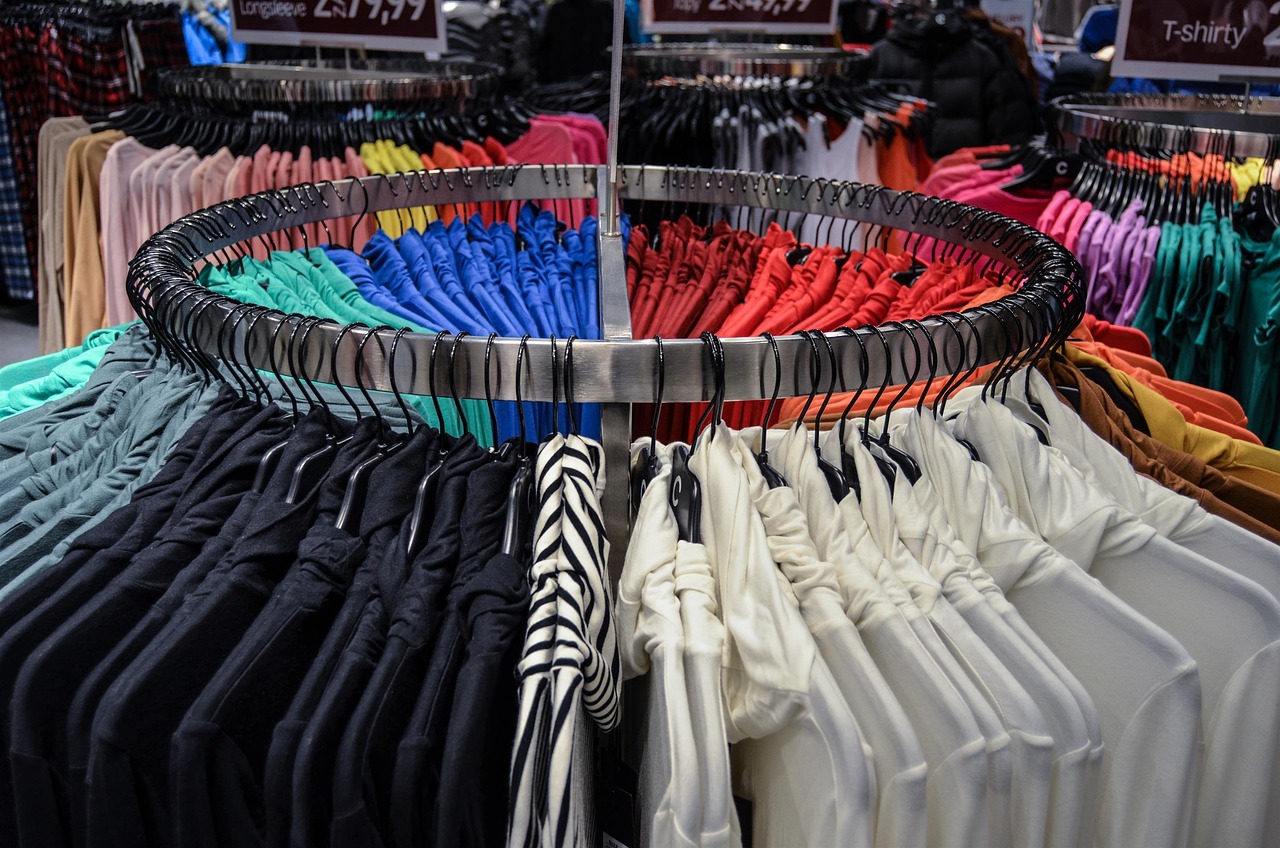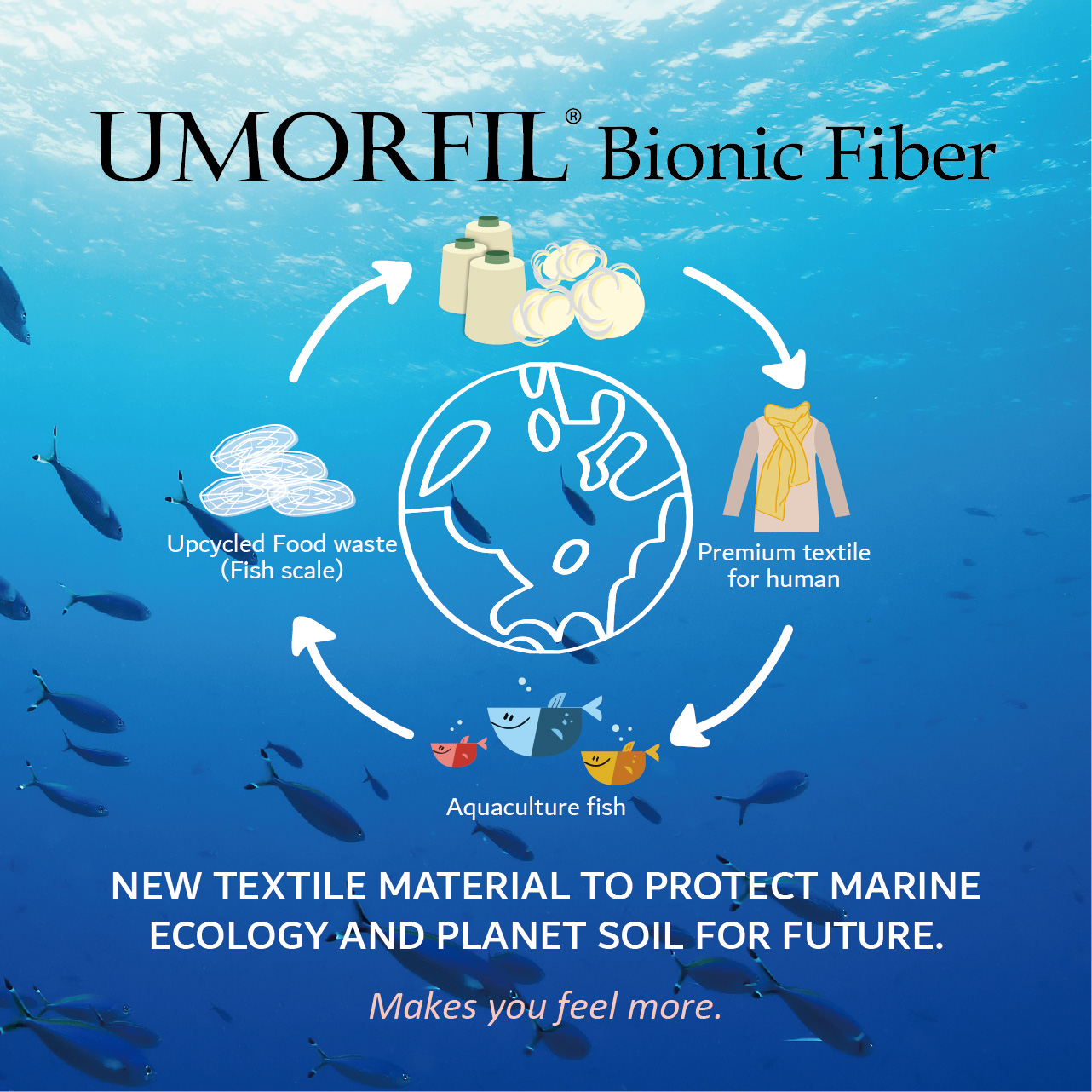Seize Unique Textile Material to Overcome Market Challenges
Press release date: June 18, 2024

Consumer behavior and consumption patterns have been changed due to the outbreak of Covid-19. Everyone is now more accustomed to online shopping. With the rapid growth and development of e-commerce, low-price strategies have become the way to survive for many e-commerce platforms and clothing brands, but this low-price strategy is like a double-edged sword. For every plus there is a minus, although it can bring short-term income to the brands of mid-to-low-price, it has also caused the global industry to face an unprecedented crisis and dilemma.
Nowadays, cheap products are flooding almost every corner of e-commerce, textiles are also included. Behind these low-cost items is primarily the robust production supply chain of mainland China. As the world's manufacturing hub, China swiftly replicates any trending product on the market and competes in the e-commerce space with remarkable speed and low prices, driving fierce price competition.

The low-price strategy has swept through the textile industry like a flood, eroding profit margins across the sector. Countless companies, struggling to survive, have been forced into this price war, ultimately plunging the entire industry into a vicious cycle of competition. Businesses find it increasingly difficult to turn a profit, and the products they manufacture lack of uniqueness and competitive edge. This situation has led to a decline in buyer loyalty, or even the complete absence of it, as products become indistinguishable and the lowest price prevails.
Moreover, the low-price strategy poses a significant threat to the environment. To reduce costs, many companies have opted for cheaper but more polluting production methods, which sacrifices the environment, is at odds with the sustainable development and net-zero carbon goals championed by leading global brands, creating a profound and irreconcilable conflict within the market.
Faced with this crisis and dilemma, global textile brands are compelled to rethink their future development paths. An emerging solution has come to light: using special materials to produce unique fabrics that stand out from the source, not only avoiding price competition but also creating new profit margins. Particularly, materials that are not yet mass-produced in China or innovative materials that are difficult to replicate in the manufacturing process can be used to develop yarns and fabrics, and create new brand narratives. This approach not only opens up new markets but also attracts consumers willing to pay for high quality and uniqueness. As a result, more and more brands and designers are joining the exploration of the infinite possibilities of new materials. There’s one such special material gaining attention recently is the UMORFIL® bionic fiber series.

UMORFIL® technology combines collagen peptide amino acids with textile fibers through supramolecular technology to create a series of bionic functional fibers that are skin-friendly and comfortable. The collagen peptide amino acids are extracted from food waste, specifically fish scales. The extracted collagen peptides are then formulated into an exclusive blend and added to the production process of textile raw materials for polymer modification. This process gives the UMORFIL® Bionic Fiber series the natural comfort of animal fibers like wool and silk, with inherent properties such as skin-friendliness, softness, deodorization, and high moisture regain.
Due to the concept of upcycling waste materials, this technology aligns with the principles of upcycling and circular economy. UMORFIL® Bionic Fiber is also widely discussed in the global academic community. A professor at National Taiwan University even likened this technology to the application of quantum mechanics in textile raw materials.
The uniqueness of UMORFIL technology lies in the polymerization of small molecule amino acids into the fibers, truly modifying the raw material rather than merely coating it with large collagen molecules that diminish or disappear after washing, as seen with many market products. Under the UMORFIL® technology, three types of bionic fiber products are available: UMORFIL® Beauty Fiber® (the cellulose fiber), UMORFIL® T (the polyester version), and UMORFIL® N6U® (the nylon version). Each of these materials has different production processes and emphasizes different bionic properties.
With ten years of experience in the market, UMORFIL® Bionic Fiber, despite their higher unit price, do not significantly increase the overall cost when incorporated into fabric development and final garments. These fibers offer high versatility and can be blended and woven with different materials. For brands, although the cost increases slightly, it allows them to stand out in a highly competitive market. By adopting UMORFIL® Bionic Fiber, these brand clients have not only successfully avoided the vicious competition of cheap e-commerce products but also introduced high-quality products targeted at consumers seeking a high-quality lifestyle. These products have a clear market positioning, completely separate from the cheap market, bringing positive benefits to the brands.
The success of UMORFIL® Bionic Fiber is just one spark of hope. The global textile industry is undergoing a revolution with the adoption of special materials, opening new markets for textile companies and bringing hope for sustainable development to the entire textile industry. Using special materials is not only a business strategy but also a responsible approach to the environment. These high-quality, eco-friendly materials can reduce pollution and the use of chemicals in the production process, promoting the industry's shift towards greener practices.
Mid-to-high-end brands can use these differentiated products to tell new brand stories, expand into new markets, reach higher-end consumer groups, and enhance brand loyalty. The path to the rebirth of the global textile industry is becoming increasingly clear with the support of these special fibers. This change not only has the potential to transform the fate of the textile industry but also to make significant contributions to global environmental protection efforts.